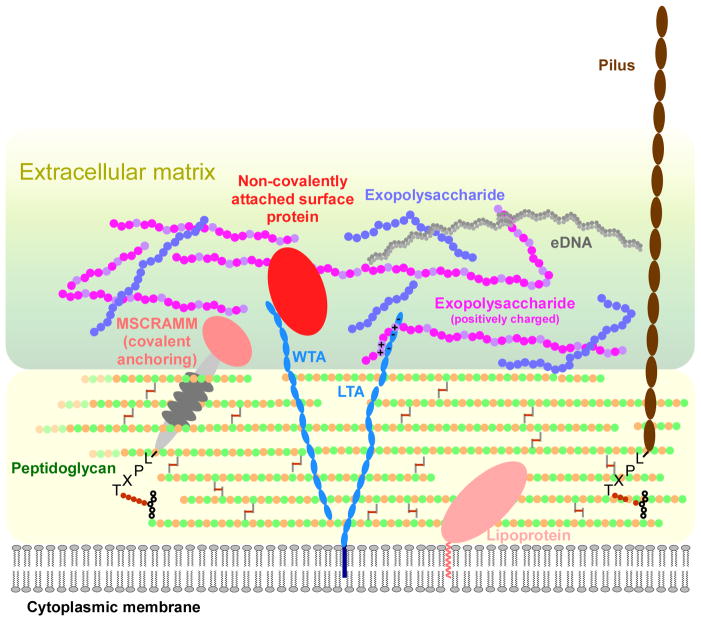Fig. 3. Molecules participating in adhesion and extracellular matrix formation in Gram-positive bacteria.
Proteins can be attached to the bacterial surface in three ways: covalent linking (MSCRAMM), non-covalent attachment (such as by interaction with surface non-protein polymers such as teichoic acids), and as lipoproteins (with an N-terminal fatty acid-containing membrane anchor). A lipoprotein, due to its mode of attachment, sits close to the cytoplasmic bacterial membrane and may not extend through the thick Gram-positive cell wall to mediate adhesion. Consequently, lipoproteins do not appear to play an important role in surface attachment in staphylococci or streptococci. Pili (fimbriae) can protrude for up to ~ 3 μM from the surface and are attached like MSCRAMMs. Exopolysaccharides, important constituents of the extracellular matrix and crucial for biofilm formation, can be neutral, acidic, or basic. Interactions between proteins, the negatively charged teichoic acids and extracellular DNA (eDNA), and exopolysacharides of positive charge likely are of key importance for matrix formation. WTA, wall teichoic acids; LTA, lipoteichoic acids.

